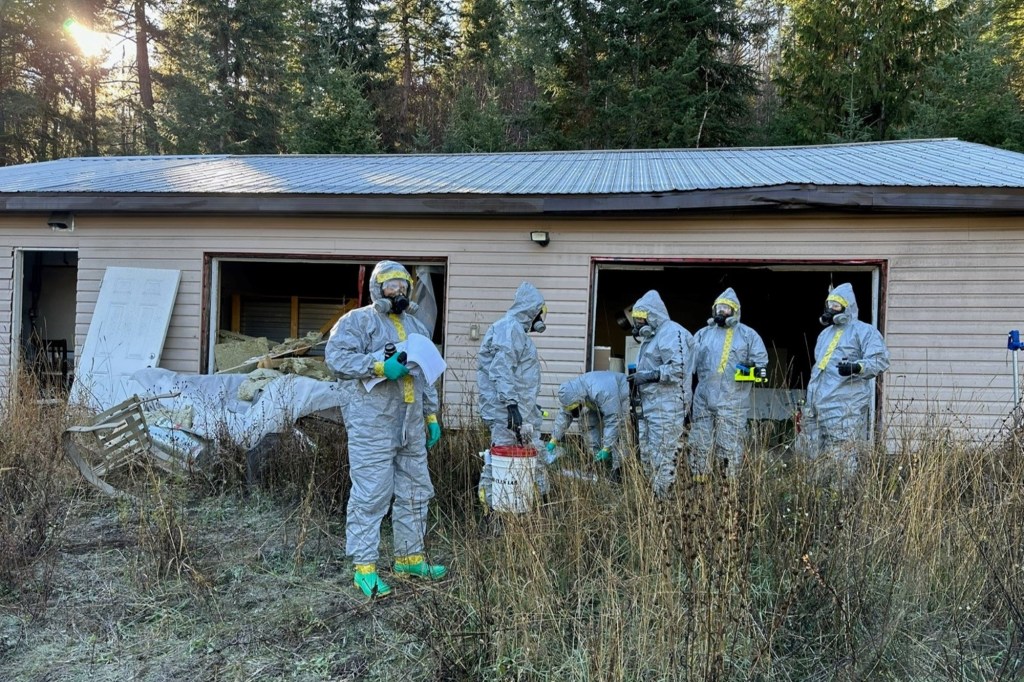
Photo by Psychonaught via
This article originally appeared on VICE UK.
In December of 2012, UK Prime Minister David Cameron dismissed a detailed report calling for a fundamental review of our clapped-out drug laws. They were not humane and they were not helping, the study said. However, the prime minister decided to brush away this information; after all, it was only a year’s worth of research conducted by experts and compiled into an exhaustive, compelling report. “We have a policy which actually is working in Britain: drug use is coming down,” Cameron said in response.
Videos by VICE
Three years later, that boast has been shown up for the wafer-thin bit of chancery it was. Drug use is going up (the opposite of “coming down,” as Cameron should remember from his days in PR). Far worse, drug deaths are reaching record levels.
Government figures released last week revealed there were 3,346 drug-related deaths recorded in England and Wales in 2014—around double the number of annual road traffic fatalities, and the highest since records began in 1983. This wasn’t about the much-hyped deaths from legal highs and ecstasy, of which there were just over 100. The death toll was largely fueled by a rise in heroin overdoses.
Despite big falls in the number of heroin users since the epidemic of the 1990s, as well as the expanded use of anti-overdose drugs like naloxone, heroin was implicated in 952 deaths last year, a two-thirds jump from 579 in 2012. Deaths involving cocaine, speed, and prescription drugs also increased, although more than half of the cocaine deaths involved crack cocaine, a drug commonly used alongside heroin.
So what’s behind this surprise surge in drug deaths? The view from the experts—the government researchers, the frontline drug workers, and the academics—is that there are several contributing factors at play here.
Only one in seven of those dying of a heroin overdose in 2014 were aged under 30. More than half were over 40. Heroin is cutting more people down simply because they are getting older, their bodies weaker. They are the longterm users, people who started taking the drug in their late teens or twenties during the upsurge in heroin use during the 1990s, and who have underlying health problems cased by years of addiction. As time goes on, inevitably, this aging cohort of heroin users grows more vulnerable to “going over” and never getting up again.
As the government itself suggests, increased purity of both heroin and cocaine due to falling wholesale prices over the last few years has also had a hand in the new wave of heroin and crack deaths. The purer and stronger a drug is, the more likely people will overdose, especially if their tolerance is lowered by heavily cut deals.
However, this does not account for the fact that deaths are now far more common than they were when cocaine and heroin were generally much more potent, throughout the 2000s. After plummeting to lows of 13 percent during the big UK heroin drought of 2010, heroin purity is now at an average of 36 percent. However, for most of the 2000s, purity—while also subject to potentially lethal fluctuations—averaged 56 percent.
READ ON VICE: The Truth About Britain’s Looming ‘Middle-Class Heroin Crisis’
Mixing heroin with other drugs—such as alcohol and black market prescription drugs like tramadol, diazepam, and gabapentin—can lead to respiratory depression, resulting in a high risk of overdose. This is now more common than ever, and coroners are increasingly finding an array of drugs present in the bodies of people who have died after taking heroin.
Questions have been raised about whether changes to the way people are medically treated for drug addiction—with an increased emphasis on getting patients off methadone and out of treatment—may have resulted in more deaths. But the evidence for this is not there to be seen.
These theories are fine, but there can be little doubt about what the root cause of these deaths is. There’s an underlying factor that perhaps far outweighs any of those mentioned above. Something far more fundamental and far bleaker than fluctuating drug purity, treatment regimes, aging heroin users and poly drug use: it’s about dead-end lives, abject social inequality and a social care system at breaking point.
In the North East—which has witnessed the sharpest rises in deaths in the last two years—in towns such as Redcar, people are more than twice as likely to die from drugs than in London. These are non-urban regions where government cuts to vital services have hit hardest. There is a similar picture in the North West, the region with the second highest rate of drug deaths, in towns such as Carlisle, Barrow-in-Furness, and Pendle. As one report found: “There is a clear relationship of greater cuts with greater deprivation across most classes of authority and most services.”
Since the abolishment of the National Treatment Agency for Substance Misuse in 2013, local authorities have been responsible for helping long-term heroin users. But financial pressures have meant that many drug services have struggled to maintain the help they can provide. Public Health England has admitted that most heroin deaths occur among people who have no contact with drug services.
An investigation by the charity DrugScope found that, since 2013, over-stretched drug services have been dealing with a damaging mix of austerity-driven reduced funding, bigger caseloads, less frontline staff, and wholesale reorganization.
It is no coincidence that the place with by far the highest drug death rate in the country is Blackpool. As with many seaside resorts—Brighton, Hastings, Bournemouth, Weymouth, and Great Yarmouth—it acts as a magnet for drifters and displaced people who arrive with existing drug addictions. All these places, even affluent Brighton, have higher levels of drug deaths than their profile would indicate.
But what makes Blackpool the capital of drug-related deaths in England is that, on top of its attraction for people wanting to escape their problems, it’s also home to the country’s most entrenched underclasses.
A study published this year called “Hard Edges: Mapping Severe and Multiple Disadvantage in England” found there are 58,000 people in England experiencing combined issues of homelessness, addiction to drugs and repeat offending. Most have longterm histories of economic, social marginalization, and childhood trauma. It is no coincidence that our drug death capital, Blackpool, is home to the largest proportion of this underclass.
A significant number of heroin overdoses are not accidental; they are suicides—deaths caused by people reaching the end of their tether, for whom society has failed. In 2011, between a third and a half of heroin-related deaths in people aged over 45 were suicides. Since then, the proportion of female suicides relating to drug misuse has overtaken men.
“Social inequality in the shape of poverty, poor housing, and lack of economic opportunity, alongside an aging group of heroin and crack users, is at the heart of why we are seeing this huge increase in drug-related deaths,” says Andrew Brown, a former Director of Policy for DrugScope who continues to work in the field of drugs and mental health.
“But as local authorities have their spending power reduced—and that seems to be hitting areas with high rates of drug-related deaths hardest—it’s difficult for commissioners and providers to keep up the levels of investment in treatment that has been saving lives in recent years.”
Whichever part of the country you choose, the local newspaper cuttings are littered with tragic heroin deaths. The 36-year-old former soldier from Derbyshire with a history of heroin abuse; the 42-year-old Burnley man who got into glue then heroin after a football career was ruined by a knee injury; the busker in his forties from East Riding whose heavy drinking disguised a heroin and speed injecting habit; or the 37-year-old woman with a history of self-harm found dead at her Redcar flat from a combination of heroin, methadone, and diazepam.
READ ON MOTHERBOARD: What I’ve Learned as an Internet Drug Dealer
When David Cameron came out with his smug “our drug policy is working, drug use is falling” statement in 2012, he was not only ignoring the basic rules of social inequality, but of the drug trade. If people want drugs, whether to enhance a night out or escape pain, supply will follow demand. In the months after Cameron spoke, the supply of heroin, ecstasy, and cocaine was back to normal after a two-year blip, and drug use started to rise.
No matter what drugs are around, or that heroin has been shunned by a new generation, the fact remains: as long as people have shit lives, there will always be heroin, or similar coping mechanisms, such as crack, white cider, and valium. After rejecting the report, the government must have known that, as austerity took hold, the rules would change: poverty and social exclusion would increase its grip on places like Manfield, Corby, and Burnley. They must have known that more people would seek sanctuary in hard drugs, because it’s what has happened for the last five decades. Social inequality breeds drug abuse, equalling a rise in drug deaths.
The tragedy here is that with the drug debate nulled and vital drug services strapped for cash, the people most in need of help will find it increasingly harder to get it.
Follow Max on Twitter.
More
From VICE
-

(Photo by Jens Büttner/picture alliance via Getty Images) -

Savannah Sly, dominatrix and co-founder of sex-worker vote mobilization group, EPA United. -

(Photo via Royal Canadian Mounted Police) -

Members of the Raid, the special unit of the French police. Photo: Denis CHARLET / AFP